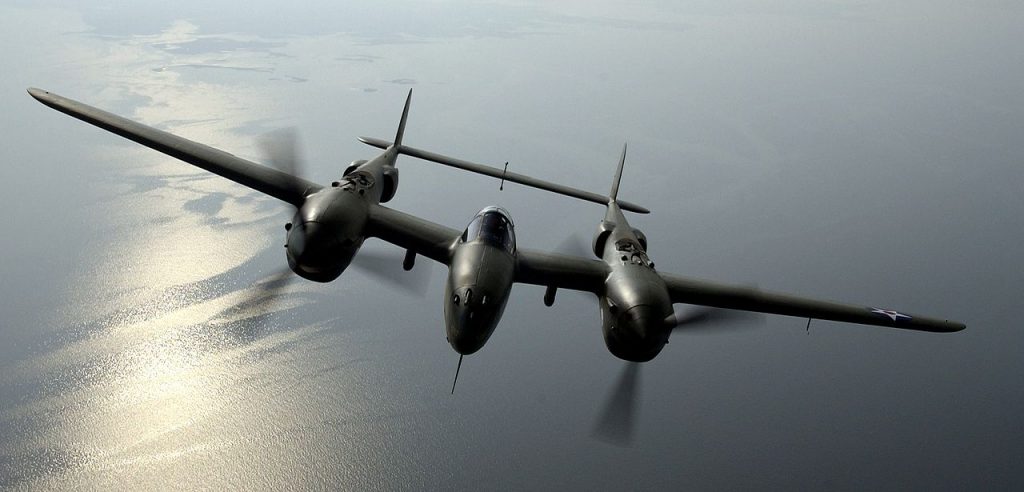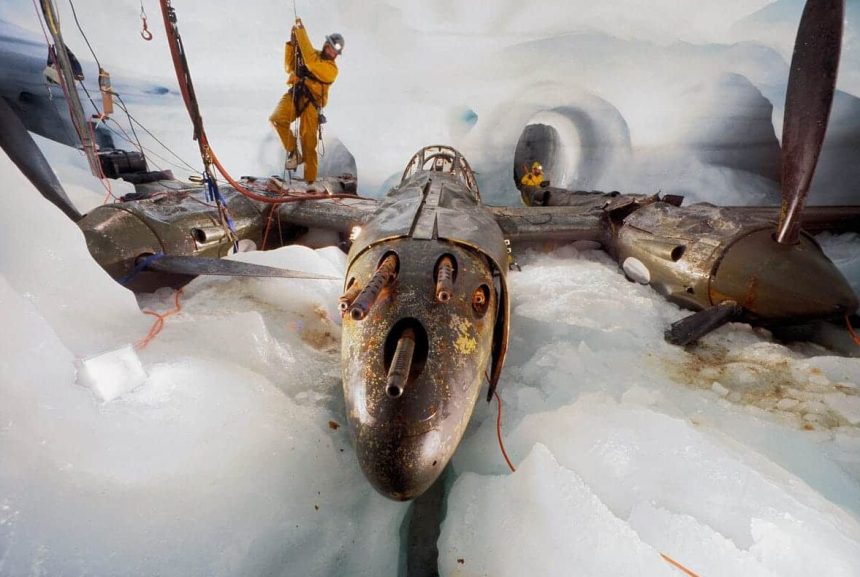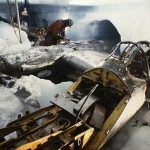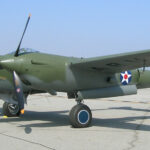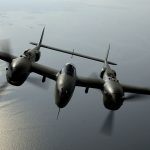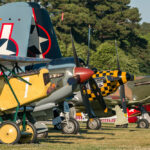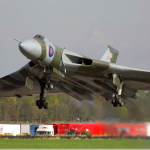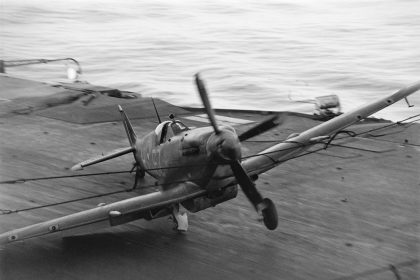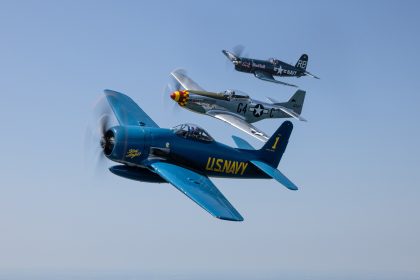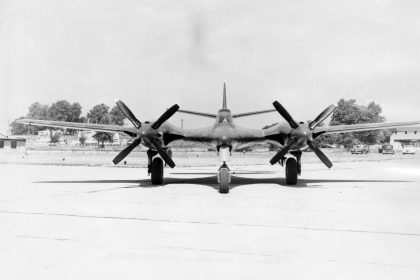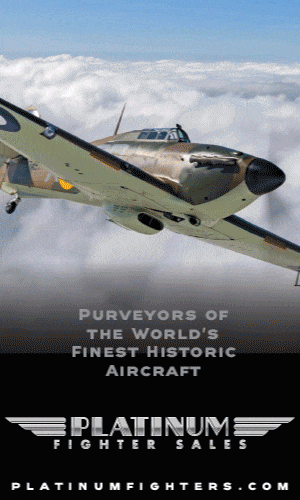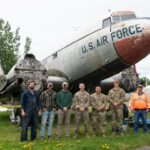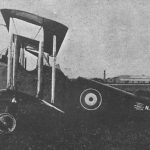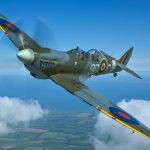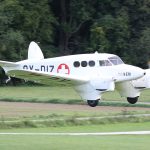You often read on these pages that one of the most fascinating aspects of warbird storytelling is tracing the history of the airplane and how it arrived in our days. Often, the recovery or the discovery is way more fascinating than the military records of the airplane itself. From airplanes found in Papua New Guinea‘s jungle to Russian lakes and Alaskan sandbars, some of these airplanes have amazing recovery stories. Some of these stories highlight the perseverance and determination of the people who ventured into the unknown to recover these rare machines. One of the most epic stories is that of Lost Squadron, the Greenland Expedition Society, led by aviation icon Pat Epps—a native of Athens, Georgia, and the youngest son of Georgia aviation pioneer Ben T. Epps. Ben was Georgia’s first licensed pilot and designed and flew his own aircraft as far back as 1909 from his small Washington Street shop.
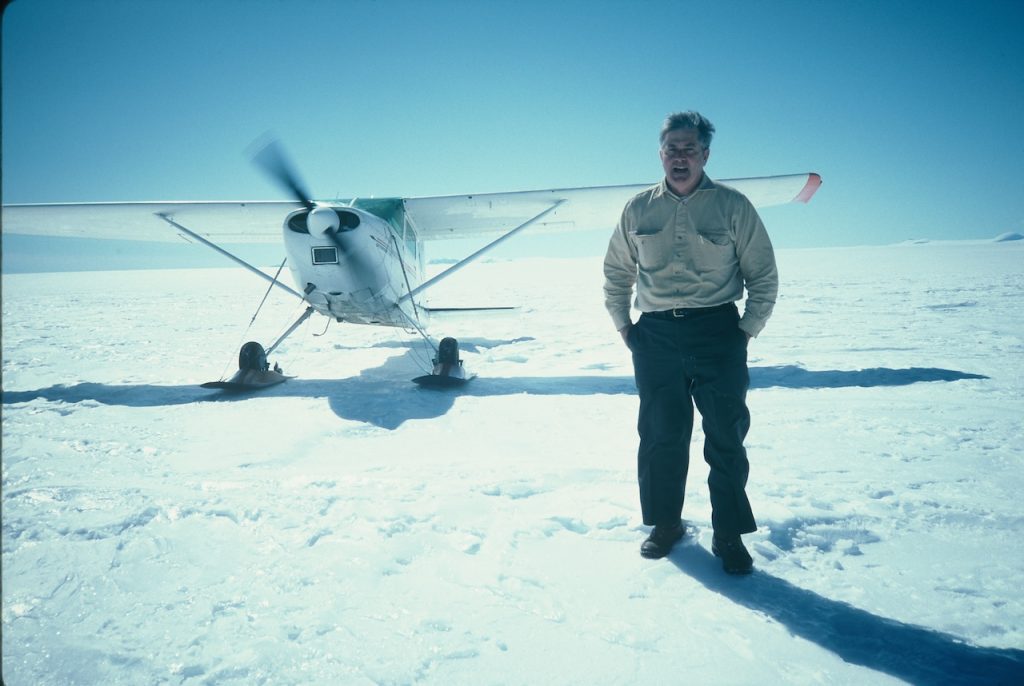
On July 15, 1942, poor weather and limited visibility forced six P-38 fighters and two B-17 bombers to return to Greenland while en route to the British Isles during the buildup of U.S. forces in the United Kingdom, known as Operation Bolero. The aircraft made emergency landings on the Greenland ice sheet. All the crew members were rescued, but the planes had to be abandoned. Over the decades, snow and ice accumulated, entombing the aircraft under more than 260 feet of glacial buildup.
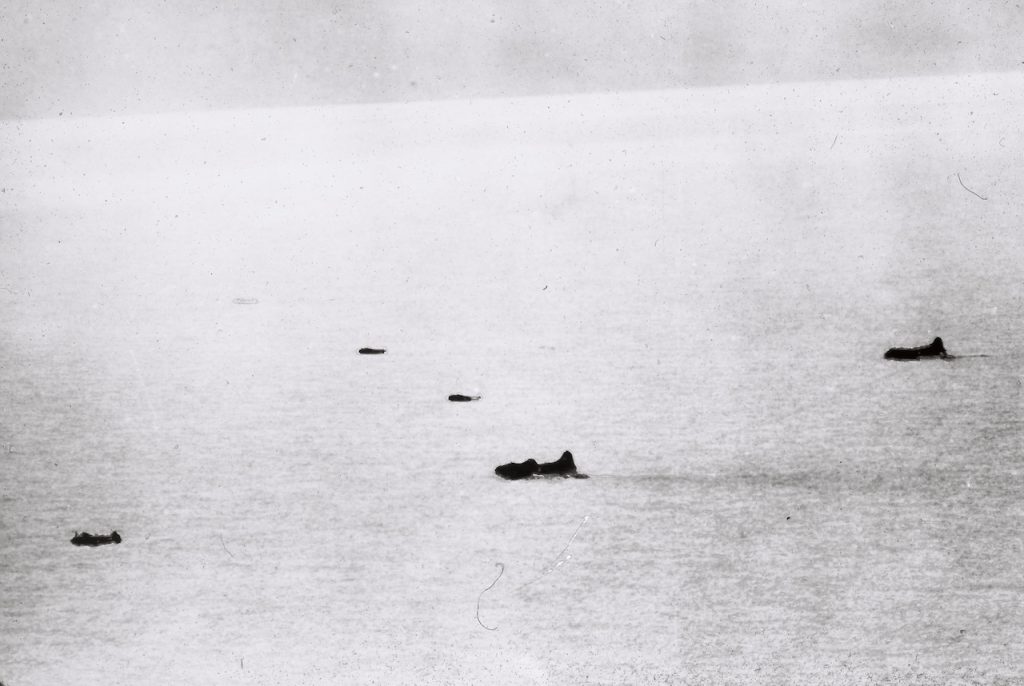
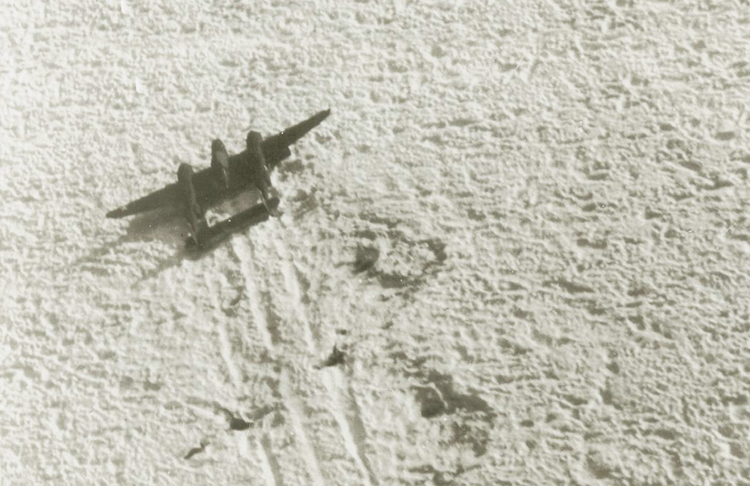
In 1992—fifty years after they were lost—members of the Greenland Expedition Society achieved what many thought impossible: they located and recovered one of the buried P-38s, later nicknamed Glacier Girl, from 26o feet beneath the ice. Eventually, Kentucky businessman Roy Shoffner financed the Greenland Expedition Society, a team formed by Patt Epps and Richard Taylor specifically for the recovery effort, and brought Bob Cardin on board as expedition leader. That dramatic recovery became one of the most celebrated feats in warbird history. Now, more than three decades later, a second chapter in this Arctic saga is unfolding—with a new team, new technology, and renewed determination.
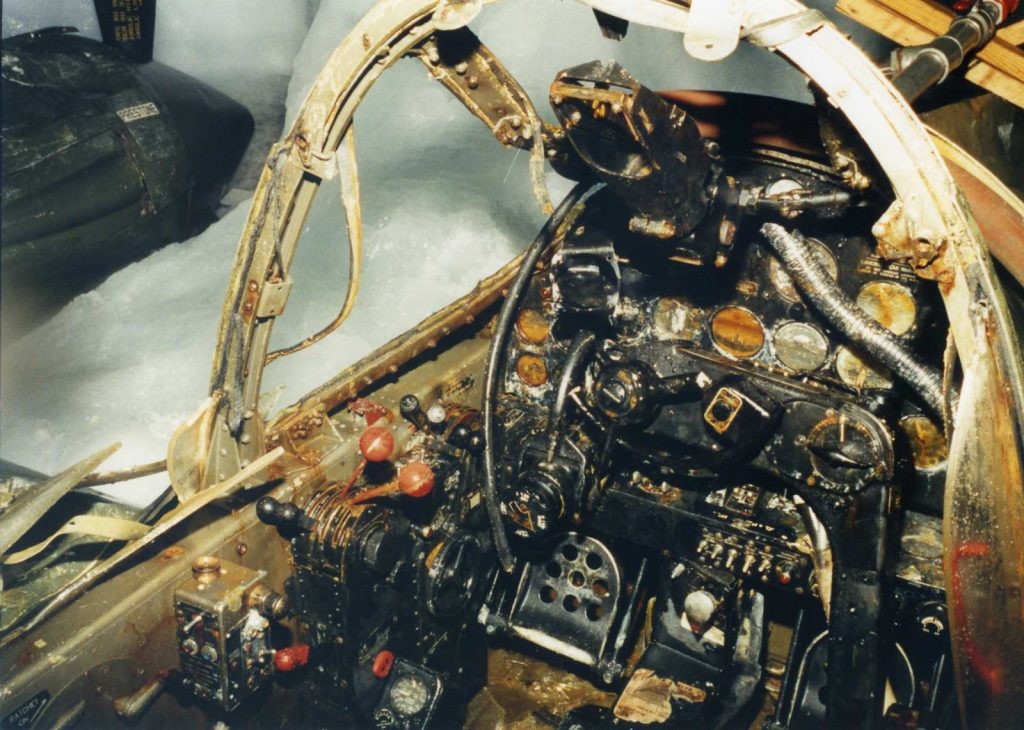
The Search for P-38 “Echo”
In 2014, Vintage Aviation News reported on a renewed effort to recover another aircraft from the “Lost Squadron.” At the time, aviation enthusiast Ken McBride had already made several trips to Greenland, hoping to locate and recover one of the remaining P-38s. It was around that time that Jim Salazar, an aircraft preservationist based in Los Angeles, became involved. “I had been tracking Ken’s efforts,” Salazar recalls, “and I was drawn to the project as a volunteer. I wasn’t sure what my role would be, but I quickly found where I fit.” Between 2014 and 2017, the team struggled through logistical setbacks, funding hurdles, and extreme weather—but they persisted. The real turning point came in 2018, when Salazar and an international team introduced a novel combination of existing technologies: a UAV (unmanned aerial vehicle) equipped with ground-penetrating radar (GPR).
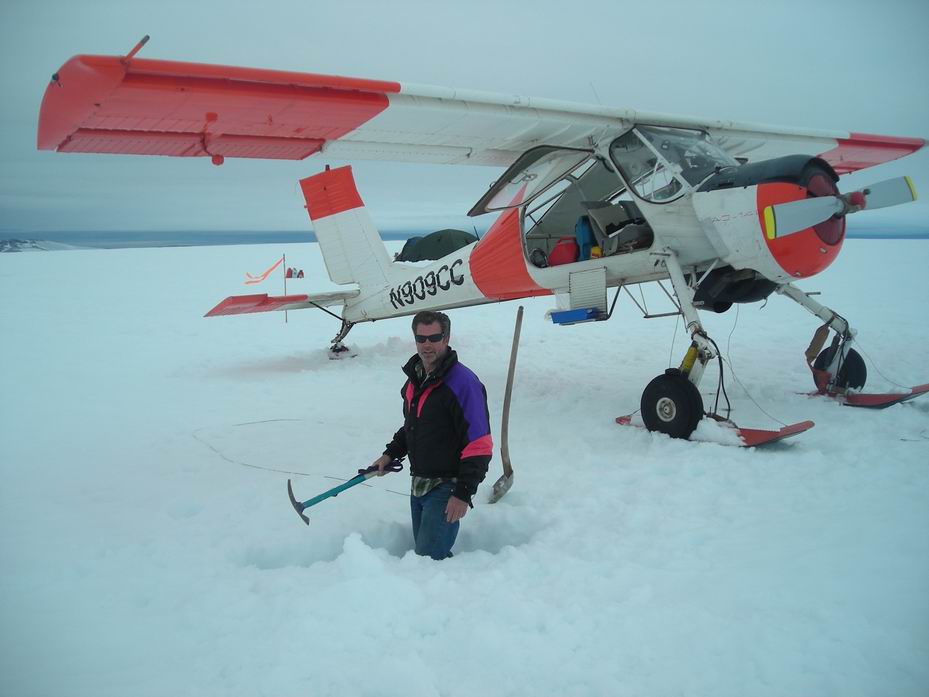
“None of the technology was new,” Salazar emphasizes. “What we did was integrate it in a way that had never been done in this kind of environment.” After testing the system in Sweden, Switzerland, Latvia, and finally Greenland, the team made a breakthrough: they located P-38 “Echo,” just 350 feet beneath the surface. “Echo” was a name originally designated in 1992 by Pat Epps and Richard Taylor, who labeled each of the six fighters alphabetically (Alpha, Bravo, Charlie, etc.). Echo, being furthest from the main landing site, is considered one of the most accessible today due to the movement of the ice.
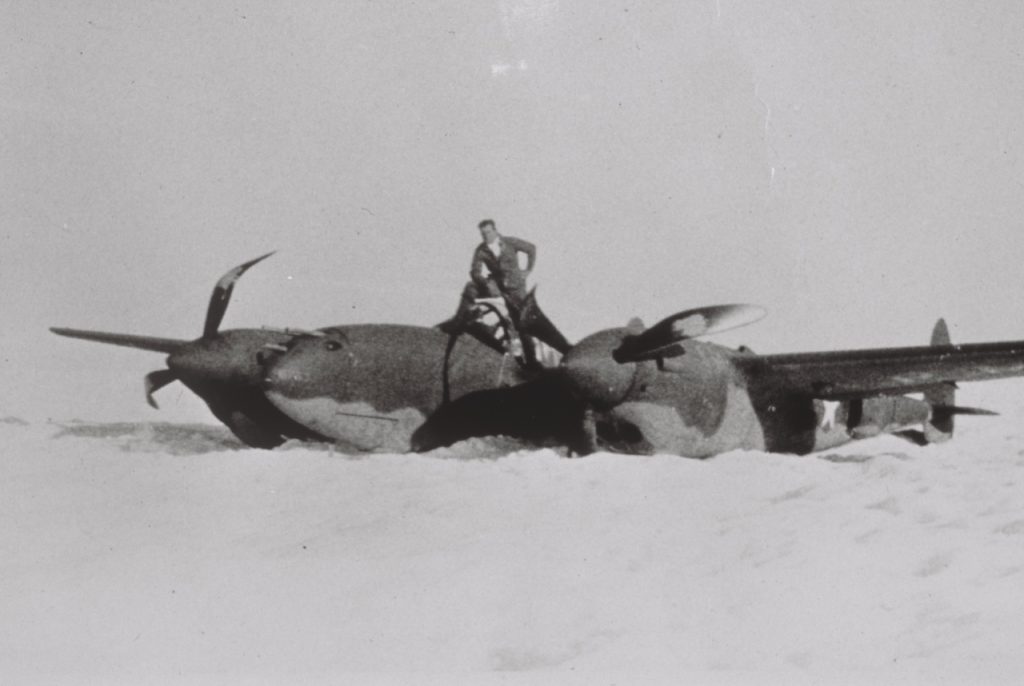
COVID Setbacks and a Parallel Mission
Just as the team was preparing to resume full-scale recovery efforts, the COVID-19 pandemic brought everything to a halt. Despite the pause in operations, Salazar remained active in Arctic recovery work, pivoting to assist with another important mission—the repatriation of three U.S. Coast Guardsmen who perished nearby during a 1942 rescue attempt. That effort, known as the J2F Duck Project, has kept the team engaged annually in Greenland—save for one season—while simultaneously planning the future recovery of “Echo.” “Each year we go up there, we evaluate our equipment, check supplies, and plan the next steps,” Salazar explains. “Fuel is a major concern, especially in Southeast Greenland. That area is one of the most logistically challenging places on Earth.”
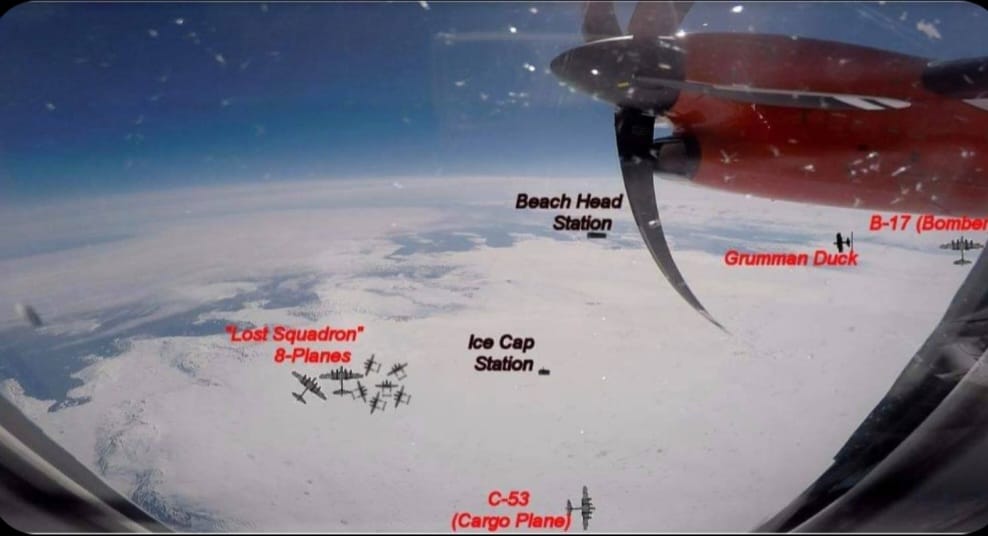
Tools, Team, and Terrain
Salazar’s team has built a formidable cache of recovery equipment on-site over the years. “Everything we need is up there,” he says, “from skip loaders and forklifts to pressure washers and custom-built ice-melting cones. We even have Arctic tents, heaters, and food rations.” The group also enjoys the strong support of the local Greenlandic communities, particularly those in the village of Kulusuk, the expedition’s logistical hub. “We’ve developed real relationships there, especially through the memorials we’ve held for the Coast Guard crew. The locals have been wonderful.”
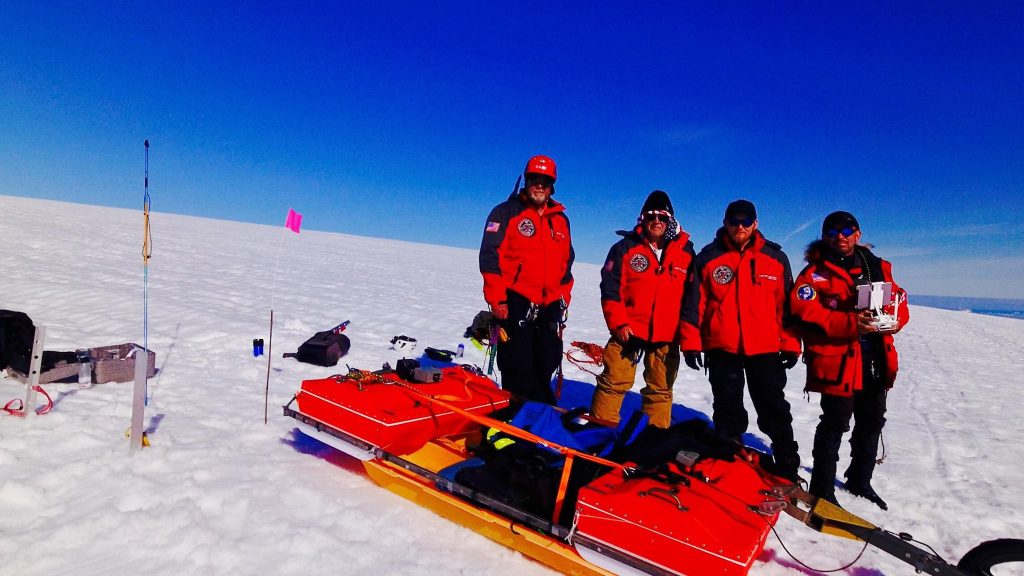
The team currently numbers around 60 individuals from across the U.S., Europe, and Australia. While only a fraction will be on the ice cap at any given time, each has been selected based on skillsets, availability, and a crucial quality: adaptability. “It’s not about being a superhero,” Salazar explains. “We’re looking for people with a team-first attitude and patience. The weather can trap you for days. The ice is unpredictable. There is no real schedule.” Video of the ST-19 two-man “spider” basket during testing—one of two units evaluated for use in ice excavation.
2025 Recovery Season Plans
This summer, the recovery team will return to the site with the aim of re-locating P-38 “Echo,” which has drifted more than 100 meters since its last known position. The team’s geophysicists—supported by a lightweight radar crew—will begin with aerial surveys and GPR to reacquire the exact coordinates. Once located, a larger support crew will be airlifted in via Antonov An-2 cargo aircraft flown by Dutch pilot Rob DeMan. The plan is to establish a full base camp in July and begin melting down to the aircraft shortly thereafter. “If weather cooperates, we hope to make contact within the first 10 days of being on-site,” says Salazar. “Then we bring in more gear, fuel, and personnel, and begin boring down to the Lightning.”
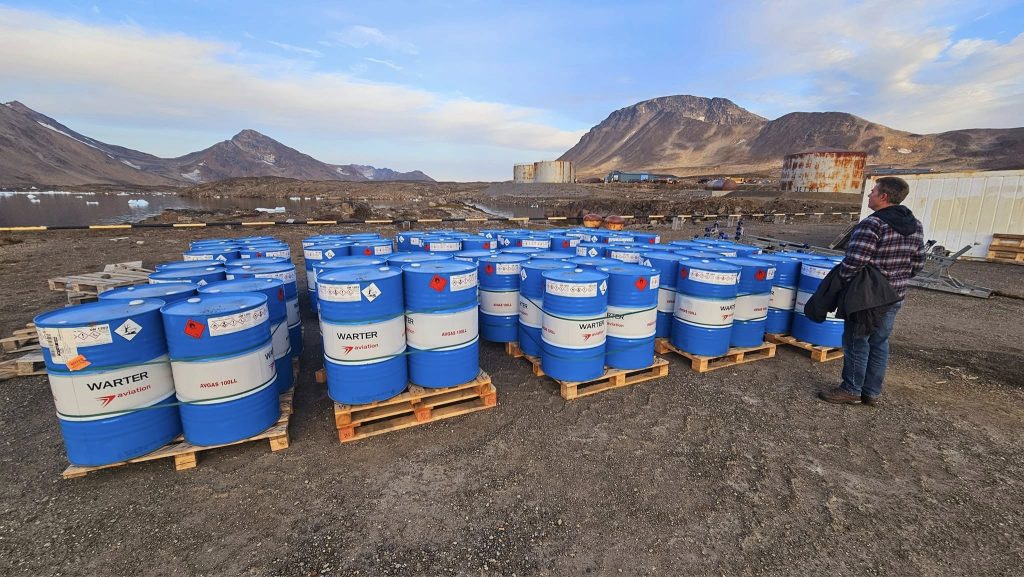
Want to Volunteer?
Those interested in volunteering can reach Salazar directly via email at [email protected] or WhatsApp at (626) 712-0700 or check out the Facebook Group (HERE). “We welcome people from all walks of life, so long as they come with the right mindset,” he says. “You need patience, resilience, and the ability to work as a team under extreme conditions.” The recovery of P-38 “Echo” is not just another warbird project—it’s a modern-day Arctic expedition. It’s a tribute to the aviators who once landed in the ice, the explorers who came before, and the remarkable technology and human spirit driving efforts today. If successful, it will become the latest chapter in one of aviation history’s most extraordinary sagas. To learn more about the history of the Lost Squadron and the P-38 Echo project, visit our 2014 and 2017 coverage at Vintage Aviation News.
